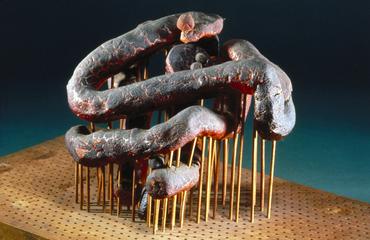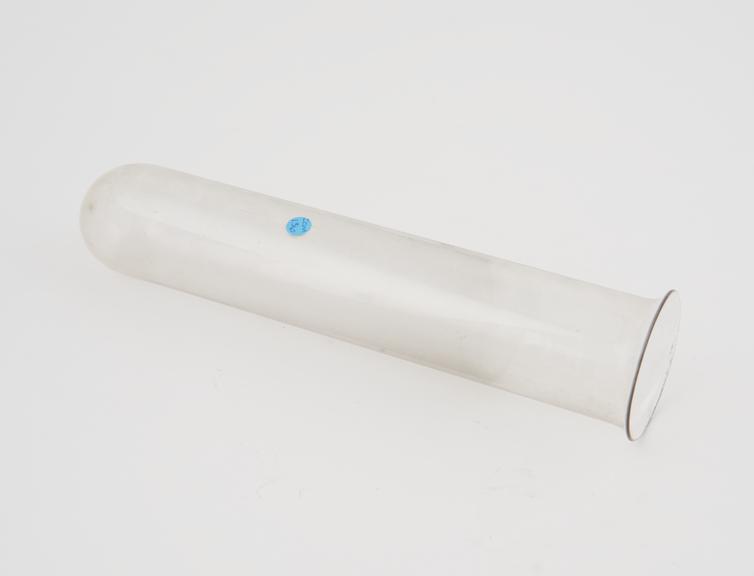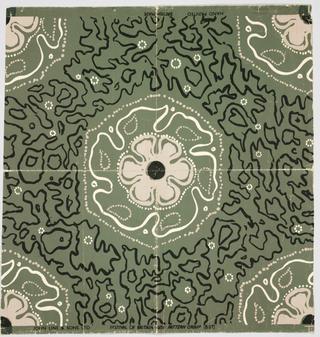
Boiling tube
- Made:
- unknown place

Boiling tube. Maker, place and date of manufacture unknown. Object has blue, circular label with inscription "SCM 136".
This piece of glassware, part of a collection of around 25 items, came from the Kirkaldy Testing and Experimenting Works founded by David Kirkaldy in 1865. Located in Southwark St. London, it was the world’s first independent materials testing laboratory and housed a patented 116-ton hydraulic-powered Universal Testing Machine, designed by Kirkaldy himself. This unique equipment and Kirkaldy’s systematic approach to testing quickly led to an international reputation; in 1867 Kirkaldy tested iron beams for James Eads’ St Louis Bridge spanning the Mississippi. Completed in 1874, it was the largest metal arch structure ever built and is still today ranked as one of the world’s great bridges.
Although the Testing and Experimenting Works primarily functioned as an establishment for carrying out mechanical and physical tests, there is record in 1891 of the site having a chemical laboratory for determining the specific gravity of iron and steel samples and for other private work.
David Kirkaldy died in 1897 and his work was continued until 1965 by his son William, William’s widow Annie and his grandson David. During the 100 years of operation, The Kirkaldy Testing and Experimenting works was involved in many famous civil engineering constructions such as Hammersmith Bridge (1897), Wembley Empire Stadium (1923), Sydney Harbour Bridge (1932), as well as numerous accident investigations including Tay Bridge disaster (1880) and DeHavilland Comet crashes (1954).
Details
- Category:
- Experimental Chemistry
- Collection:
- Kirkaldy Glassware Collection
- Object Number:
- 2022-572
- Materials:
- glass
- type:
- boiling tube




